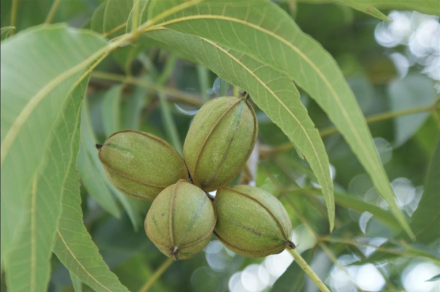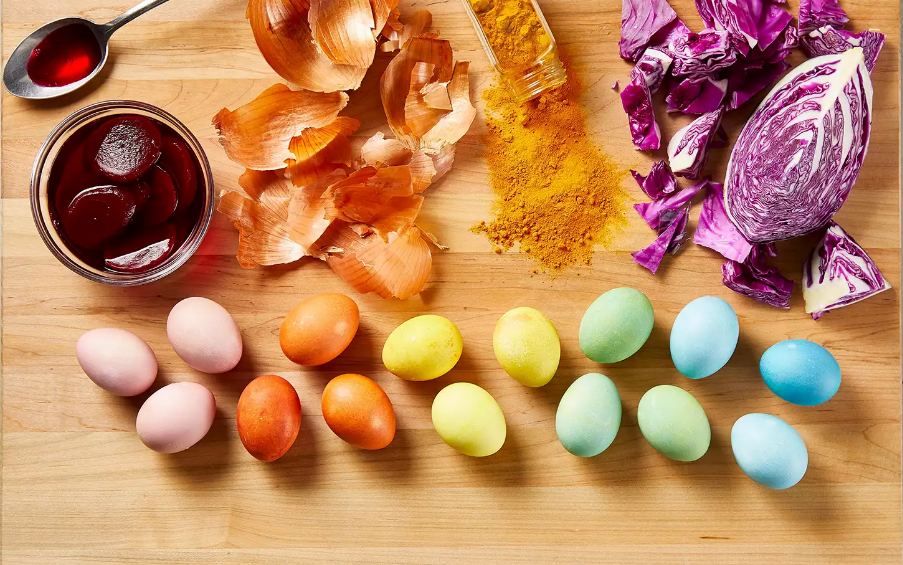Tips for selecting a cultivar for home pecan orchards
Published 3:06 pm Friday, March 13, 2020

- There are a number of important things to keep in mind in order to successfully grow pecans.
|
Getting your Trinity Audio player ready...
|
Pecan trees are commonly found in both urban and rural dwellings within Georgia.
They can enhance the environment and provide additional income from the sale of nuts. Pecans are recommended for home planting in the Coastal Plain and Piedmont, but some pecan cultivars are not profitable because of their susceptibility to insect pests and diseases such as pecan scab. Many seedling trees and cultivars also produce inferior nuts that may be unsuitable for sale or consumption. In order to successfully produce pecans in a home orchard, selecting a cultivar with low-input management is a must.
Selecting a cultivar or variety is the most important decision for successfully growing pecans. There are numerous pecan varieties from which to choose, but only a few are suitable for yard-tree planting because many home pecan growers are unable to adequately apply pesticides. Destructive diseases and insect pests are difficult to manage without the aid of costly chemical pesticides and an “airblast” pecan tree sprayer. Fortunately, there are scab-resistant cultivars that can produce quality pecan kernels. The highest-quality pecans are those with a high kernel percentage (the kernel comprises much of the nut’s in-shell weight).
Commonly-found cultivars currently recommended for yard-tree plantings include Elliott, Excel, Gloria Grande and Sumner.
These cultivars are readily obtained from most pecan tree nurseries found the southeastern United States.
Cultivar Descriptions
Elliot — “Elliot” has an extremely high quality, small, teardrop-shaped nut. It bears alternately, but nut quality remains high in the “on” years. High scab resistance makes it a good choice for home orchards. “Elliot” is susceptible to late spring freezes and should not be planted in north Georgia or in low spots.
Yellow aphids can be a problem, and young trees are slow to come into production.
Excel — “Excel” was discovered as a seedling tree, then patented and disseminated by Andy Clough, who operates a nursery on his pecan farm near Blackshear, Ga. Nut size is large and similar to “Desirable,” but the shell is thick. “Excel” currently has high resistance or immunity to scab; however, once new cultivars are widely planted, scab resistance often breaks down. Nut quality has been marginal due to low kernel percentage (49 percent), but most trees are young so it is difficult to assess what the quality of mature trees will be.
Gloria Grande — “Gloria Grande” is slow to come into full production, but its primary attributes are a high resistance to scab and consistent yields as a mature tree.
“Gloria Grande” will produce a crop of large, thick-shelled nuts in most years. However, it produces fuzzy kernels some years, similar to “Stuart,” and black aphids may damage the foliage most years.
Sumner — “Sumner” is slow to come into bearing. Mature tree production is usually average, with fairly regular production. “Sumner” produces large nuts of moderate quality. As a favorite cultivar of black pecan aphids, it is typically one of the first to show damage from this pest. Historically, “Sumner” has been resistant to scab, although susceptibility has recently been reported in some locations.
Location and Spacing
It is important to plant pecan trees well away from structures, buildings and overhead power lines because of the ultimate size the trees will reach.
Yard and home orchard trees should be spaced at least 60 to 80 feet apart so they will not crowd as they reach maturity and so thinning will not be required. Crowding can cause misshaped trees and decreased production.
Care of young trees
Watering- To successfully grow pecan trees, it is important to adequately water them for the first two or three years. This can be done by watering 10 to 15 gallons at regular weekly intervals, either by irrigation or rainfall.
Most young pecan trees lose a large percentage of their roots during digging and transplanting, and their limited root system must be supplied regularly with water. This practice cannot be neglected.
Fertility and pH- Do not place fertilizer in the panting hole as it may burn the roots, which can then damage or even kill the tree.
To accurately determine fertilizer and lime needs, take a soil test prior to planting. If no soil test was done, use a general rate of about one pound of 5-10-15 fertilizer evenly distributed in a 25-square-foot area surrounding the tree in June following tree planting. The following year, apply one pound of 10-10-10 fertilizer in March and again in June while not spreading fertilizer within 12 inches of the tree trunk.
Young trees should make between two to four feet of terminal growth per year. Where growth is less, apply one pound of ammonium nitrate fertilizer per inch of trunk diameter in June or July. As a general recommendation, apply one pound of zinc sulfate per tree for the first three years following planting. Spread the fertilizer and zinc sulfate in a circle around the tree outside the planting hole.
These tips should provide a stable foundation on which to build your home pecan orchard.
Information for the article was gathered from ‘Pecan Trees for the Home or Backyard Orchard’.
If you have any additional questions, please call the Decatur County Extension office at 229-248-3033.




